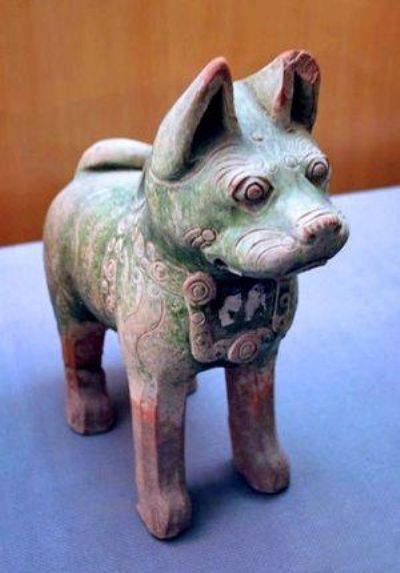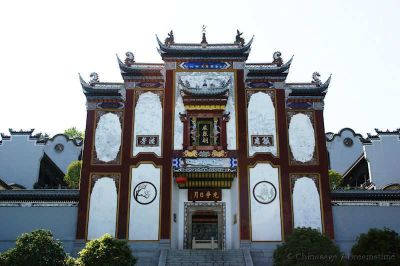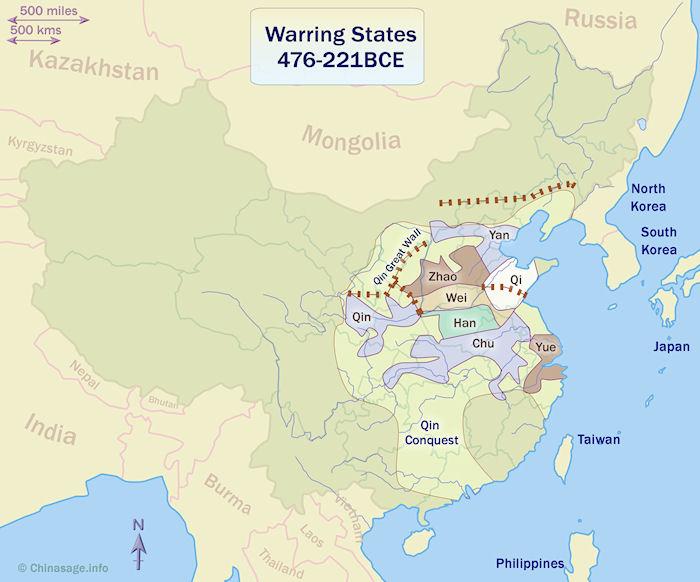
Warring States Period 战国 476 - 221 BCE the second half of the Zhou Dynasty

In the preceding Spring and Autumn Period division of the Eastern Zhou dynasty, China was a feudal society, where people 'belonged' to their lord. Small walled cities had emerged which were largely independent. By the time of the Warring States small town based fiefdoms (around 170) had merged to form seven large kingdoms: Qi; Chu; Yan; Han; Zhao; Wei and Qin. Although in theory all still acknowledged the Zhou Emperor as their supreme leader it had become an honorary title with no actual power.
The period takes its name ‘Warring States’ from the historical work ‘Strategy of the Warring States ➚’ 战国策 which chronicles the incessant warfare between the kingdoms. The start of this period is around the time of the death of Confucius in 479BCE. This was in part fueled by the need for more aggressive measures to stave off attacks from neighboring barbarian tribes. Powerful clans arose in armed opposition to the local ‘king’. There are similarities with Ancient Greece ➚ when Athens; Sparta and other small kingdoms vied for dominance at roughly the same time. The period can also be compared to Europe in the 19th and 20th centuries - long periods of brutal war between the small nation states. Appropriately this was the time that Sun Wu 孙武 or Sun Tzu WG [544 - 496 BCE] wrote the influential ‘Art of War ➚’. This classic covers such topics as strategy; espionage; maneuvers; using terrain; tactics and planning and has been widely read over the ensuing centuries. Phrases such as ‘If you know both yourself and your enemy, you can win many battles without risk’ remain useful idioms even to this day. Sun Bin’s ‘Art of War’ (possibly a descendent) was also written in this period. It described the strategy for the nobility to fight each other in chariots, as well as the use of cavalry, infantry, archers (with crossbows) and other specialized fighting units. It was the import of horses from Central Asia that made the new chariot based warfare possible, previously it had all been infantry. The building of larger armies had enabled the gradual conquest of smaller fiefdoms to form the seven large states by 300BCE.
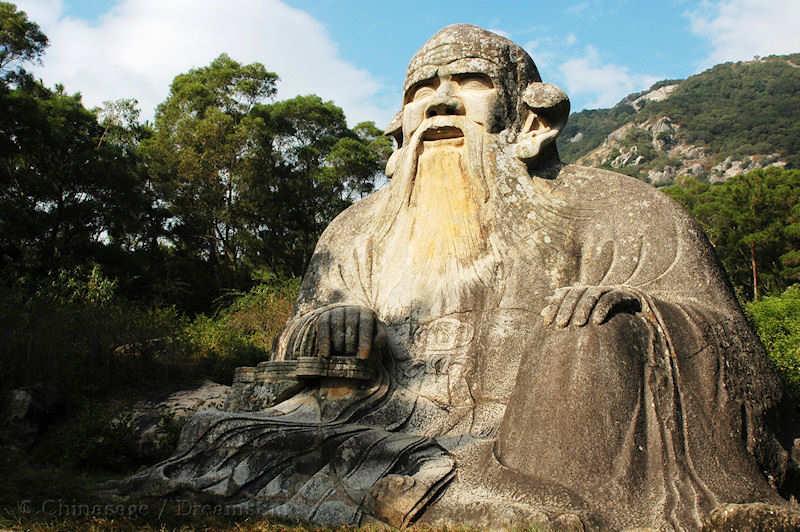

World leading developments
The early development of iron working began principally in the state of Qi, together with the mass production of salt. The iron plow; irrigation systems and the use of oxen greatly increased the productivity of land. Perhaps the most significant development was the production of cast iron, that is iron that could be poured into molds to make all sorts of tools and weapons; this predates the West by about 1,100 years who were still using the old 'bloom' furnace process. The Chinese had discovered that phosphate rich material lowered the melting point of iron as well as designing more efficient furnaces. Bronze coins came into circulation to supplement the older form of monetary unit which include the bolt of silk and cowrie shells. In literature the poet Qu Yuan (340-278BCE) of the Chu kingdom is the most famous for his collection ‘Elegies of Chu’. The ‘Classic of Poetry’ or ‘Book of Odes ➚’ is an anthology of poems from the 10th through to the 7th century BCE. The widely read and used ‘Book of Changes’ Yi Jing is also believed to have been authored at this time as a synthesis of earlier work.
Great Philosophers
The Warring States Period is known as the time when all the major schools of philosophical thought developed : Mohism ➚; Confucianism; Legalism and Daoism. The ‘Hundred Schools of Philosophers’ (500-200BCE) and the Academy of the Gate of Qi or Jixia Academy ➚ flourished. A budding philosopher would advise the various state governments on the wisest way to rule and avoid conquest. Great thinkers such as Mencius 孟子 Meng Tzu WG; Zhuang Zi 庄子 Chuang Tzu WG; Xun Zi and Han Fei all built on the founding work started by their masters.
Just north of Xi'an the Qin kingdom built the Zheng Guo canal from the Jing river to the Luo river to provide irrigation that greatly improved agricultural yields. This scheme at the heart of Sichuan around Chengdu was started in 316BCE and continues in operation to this day. The canal engineer Li Bing built the Dujiangyan irrigation system ➚ on the Min river during this period. A carved statue of Li Bing proudly attests to this feat of engineering built over two thousand years ago. For many centuries the statue stood in the waters and the level of the river lapping up against the statue warned of flood or drought conditions. [A Daoist deity Erlang Shen 二郎神 is reputedly his son]. It was during this period that the traditional bamboo writing brush came into use as well as chopsticks.
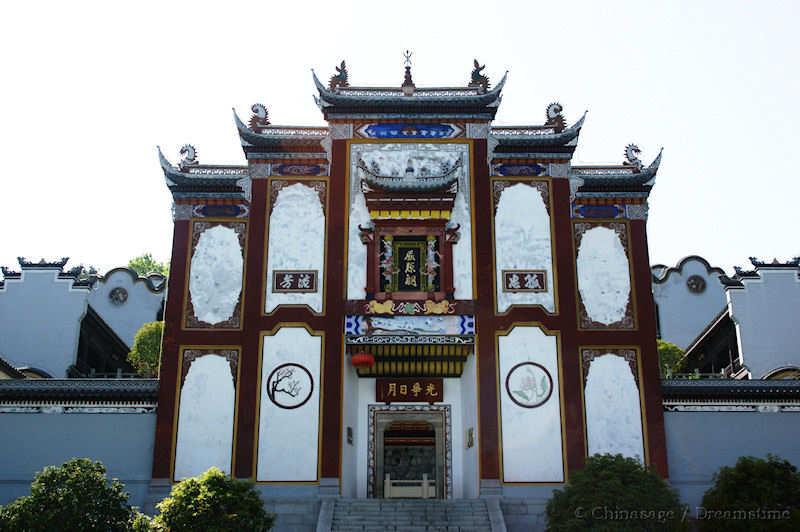
Conquest from the west
In the end, it was the kingdom of Qin who became an organized military power with ambitions for conquest. As the westernmost kingdom it was the Qin who had the greatest need for an army, it had to defend itself from the raids of nomadic tribes to its West. Its actions were brutal, for example, a captured Zhao army of 400,000 were all slaughtered and the King of Chu was invited as a guest only to be imprisoned for the rest of his life. The pivotal factor was the Qin development of the crossbow which made the horse drawn chariot no longer an invincible war machine. The Qin quickly engulfed the other six states to form the unified nation of China for the first time. The great historian Sima Qian described the conquest to be like a silkworm devouring a mulberry leaf.
